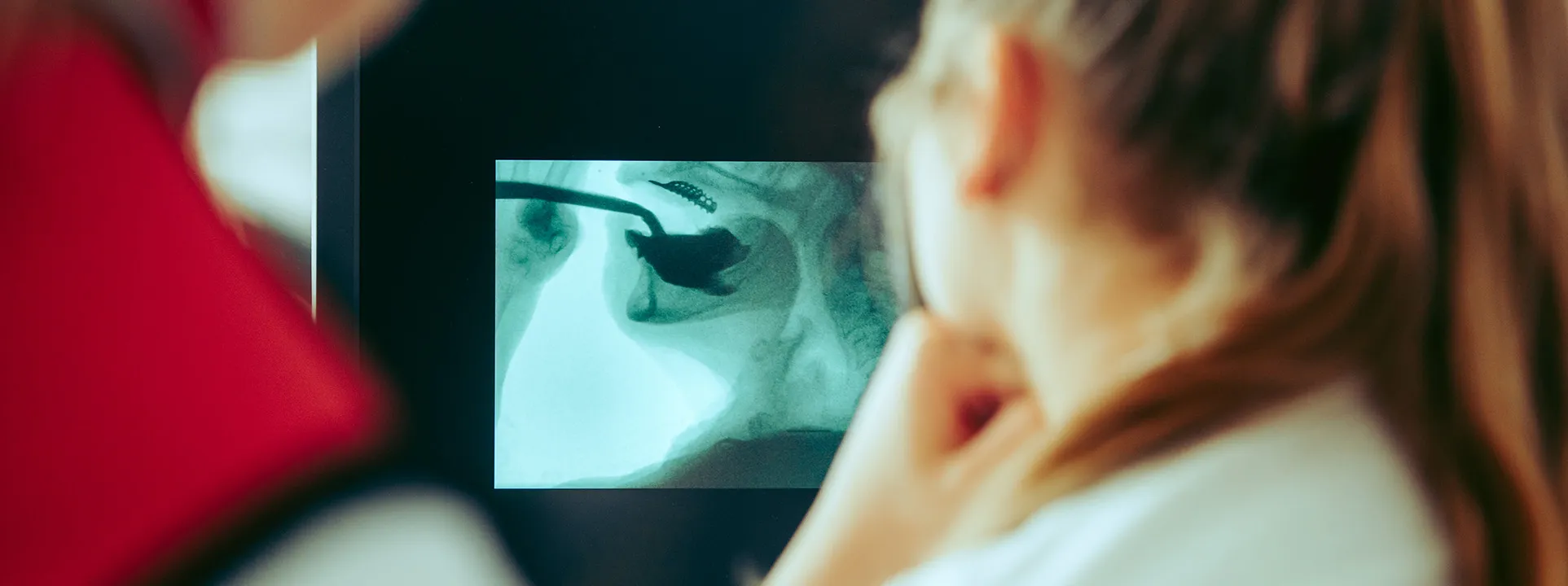
Speech therapy comprises the following areas: swallowing, speech, voice and language. Speech therapy is also involved in the treatment of facial paralysis and tracheal cannula management. Thanks to the large multiprofessional team with its many years of practical experience, we are also able to offer diagnosis and therapy in the case of complex dysphagia, associated in particular with tracheal cannulas.
Areas of therapy
Outpatient therapy
Our Speech Therapy team offers outpatient therapies as well. Outpatient therapy is prescribed by general practitioners or specialists. The contact information to make an appointment is provided below.

Speech Therapy
Our specialists
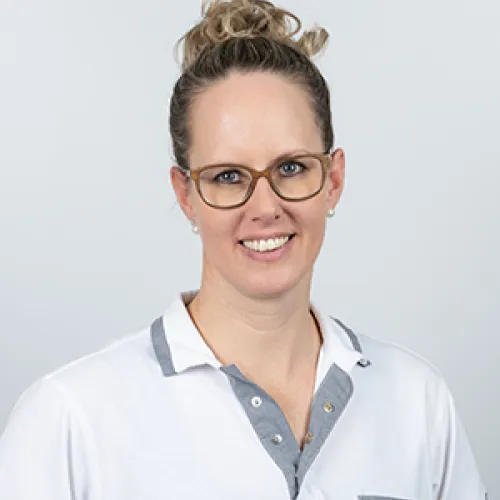
Sarah Stierli
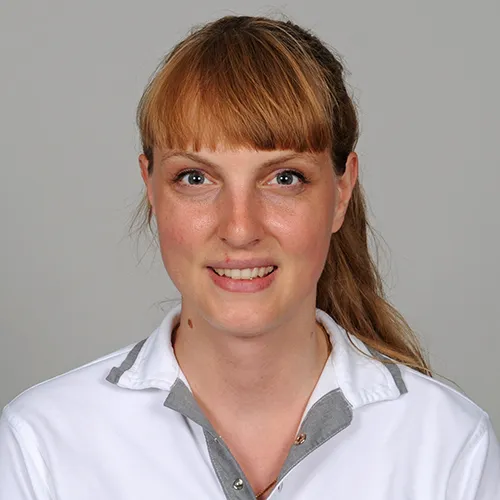
Barbara Ischer
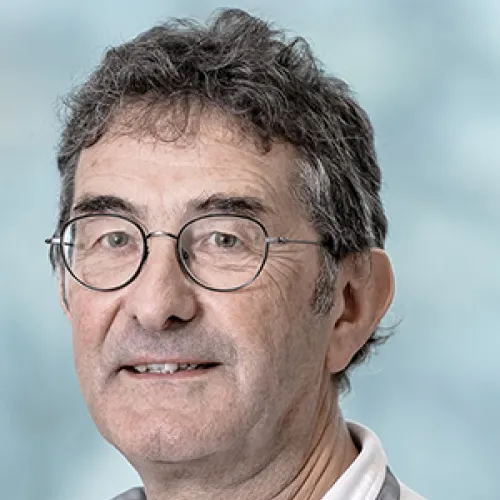
Hans Schwegler
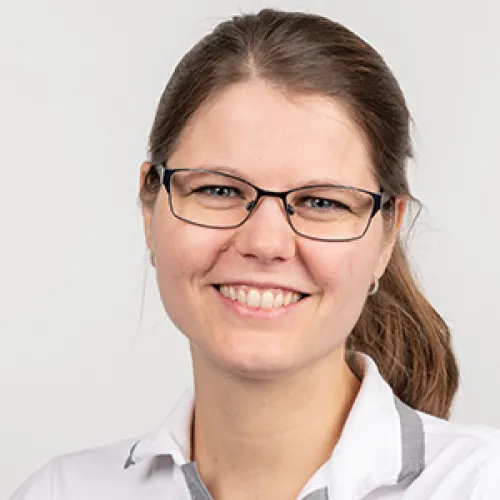
Irene Buss
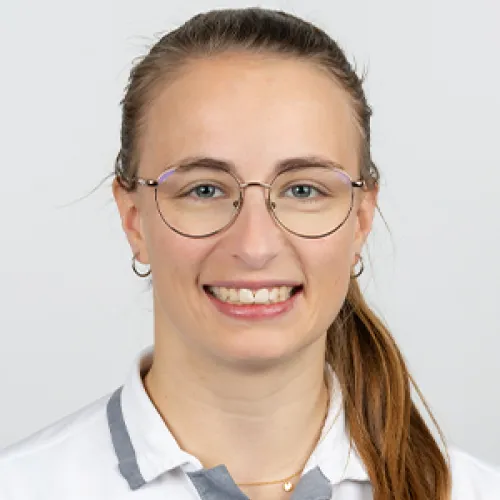
Tabea Holzgang
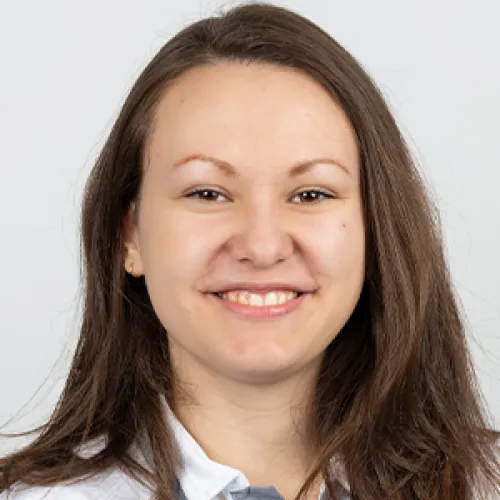
Deana Jau
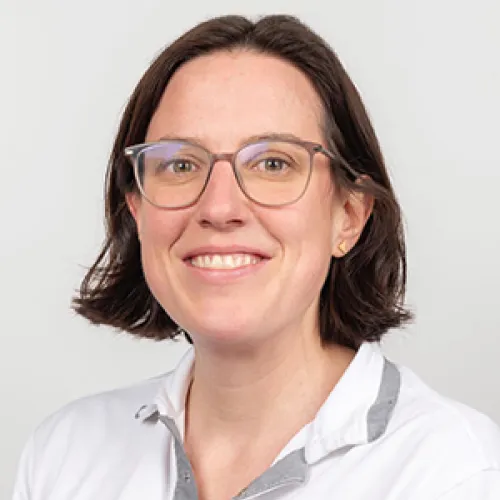
Marion Leu
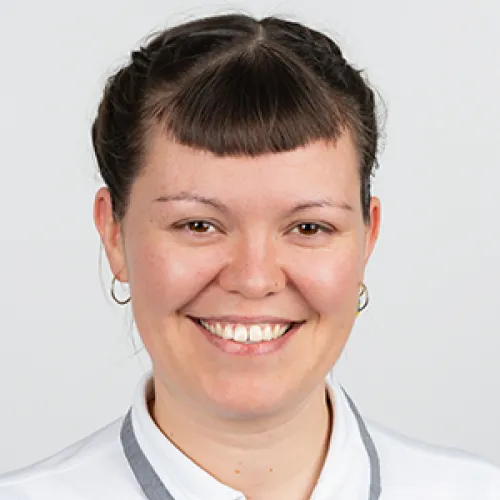
Laura Mühlebach
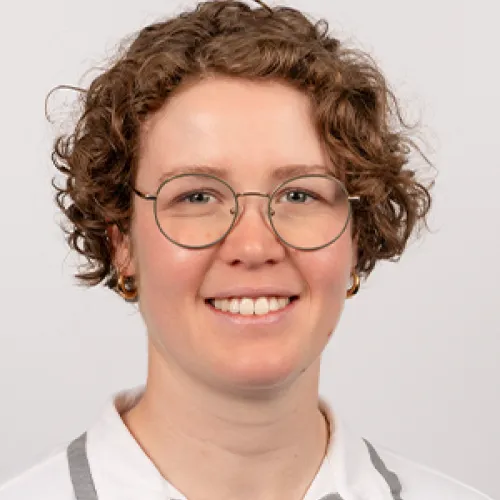
Carmen Walter
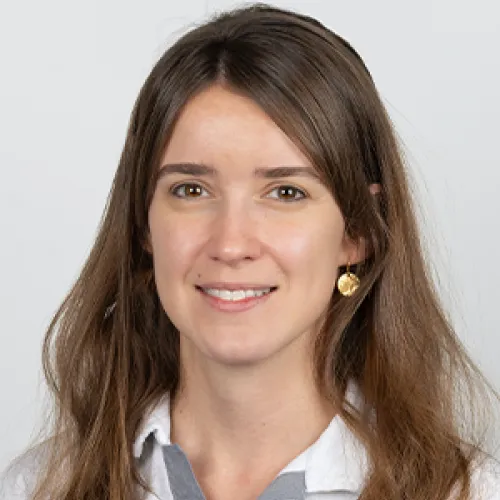
Tamina Zeier
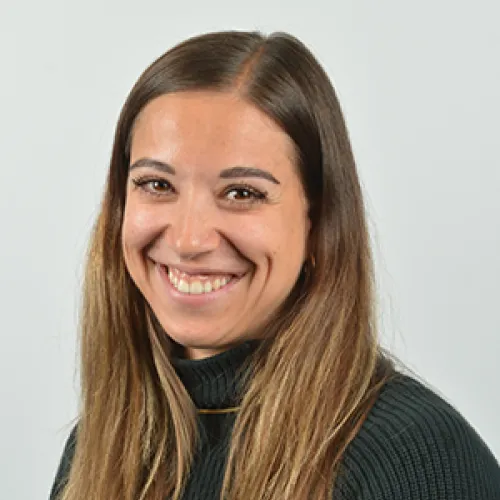
Lisa Schultis
Internship positions
The SPC offers internships for students. Speech therapy at the SPC covers all adult disorders. The focus is on dysphagia and patients with tracheostomy tubes. Patients are cared for in the intensive care unit, in rehabilitation settings and on an outpatient basis. Internship applications are accepted by e-mail (logopaedie.spz@paraplegie.ch).
Courses and further training
We offer courses and workshops for speech therapists, nursing specialists and doctors who are interested in the areas of dysphasia and tracheal cannula management. The scope and contents can be coordinated to individual needs. The link to the course offerings is shown below at the Dysphagie.ch website:
The following may also be of interest to you
- Association of Swiss-German Speech Therapists - DLV
- Dysphagia or Swallowing Disorders Switzerland – Swiss Dysphagia Society
- Swallowing Disorders - Swiss Dysphagia Society - SGD - Swiss Society for Dysphagia Swallowing Disorders, Diagnosis and Treatment
- DGD - German Interdisciplinary Society for Dysphagia
Werden Sie jetzt Mitglied und erhalten Sie im Ernstfall 250 000 Franken.
Spenden Sie jetzt und unterstützen Sie unsere Projekte zugunsten von Querschnittgelähmten.

